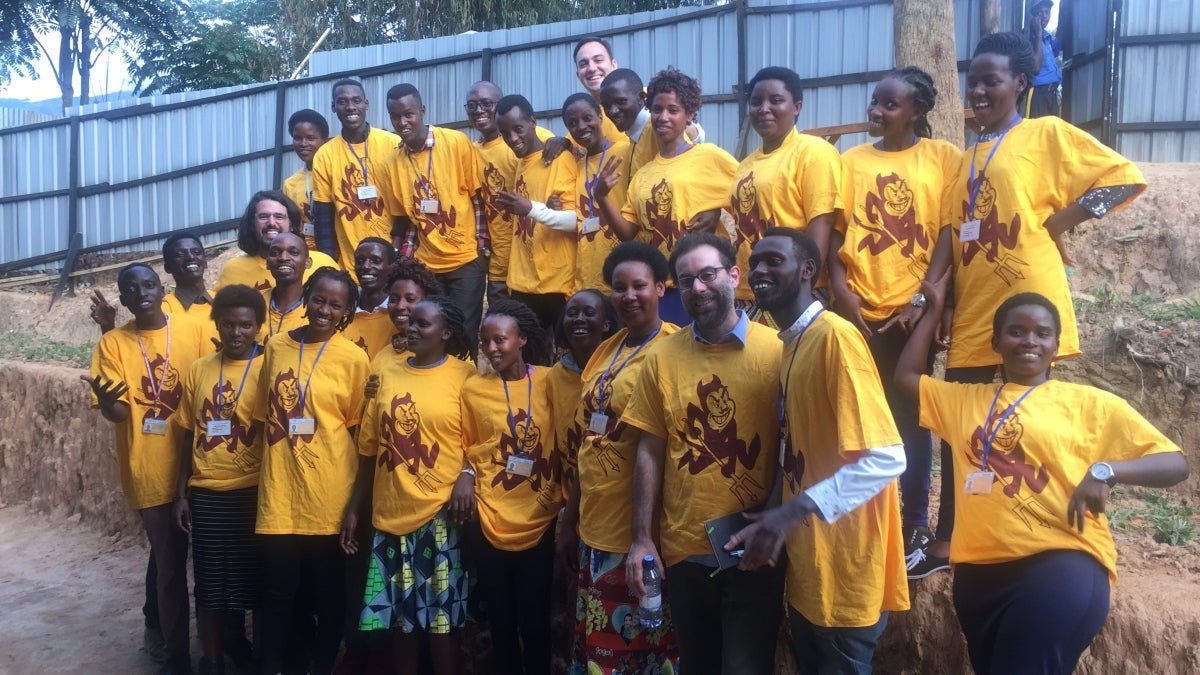ASU establishes new partnership for Project BOLD

ASU's Project BOLD students at Kepler in Rwanda.
Arizona State University has announced a new partnership with Kepler, a nonprofit university program based in Rwanda.
ASU and Kepler have partnered together through the Borderless Opportunities for Learning and Development (BOLD) project to identify new points of access to university education for traditionally underserved populations. The focus of the project is to learn about the applicability and adaptability of ASU’s innovative Global Freshman Academy model in collaboration with Kepler’s on-the-ground experience.
Project BOLD launched April 19 in the Kiziba Refugee Camp in western Rwanda with a group of 25 students who are enrolled at Kepler Kiziba. Students at Kepler are working toward a U.S.-accredited bachelor’s degree
This first pilot of BOLD engages students from Kepler Kiziba’s second cohort in Global Freshman Academy’s College Algebra and Problem Solving (MAT 117) course, an online, adaptive course built using McGraw-Hill’s ALEKS platform. This allows students the self-paced flexibility to master a broad range of foundational mathematics outcomes.
Upon successful completion of the course, students will receive ASU academic credit for MAT 117. As with all credit earned through Global Freshman Academy, students can use this credit at ASU or transfer to their home institution.
The BOLD partnership is a strategic endeavor for ASU in conjunction with the launch of the Education for Humanity initiative. This initiative leverages ASU’s strengths in digital technology and learner-centric design to extend educational access to refugees and displaced persons around the world in partnership with organizations like Kepler.
With a shared commitment to broadening access to education through innovative program models, ASU and Kepler will continue to learn and develop shareable best practices of teaching and learning in this context.
Media contact: Carrie Lingenfelter, media relations manager, EdPlus at ASU, carrie.lingenfelter@asu.edu
More Science and technology

Ancient sea creatures offer fresh insights into cancer
Sponges are among the oldest animals on Earth, dating back at least 600 million years. Comprising thousands of species, some with…

When is a tomato more than a tomato? Crow guides class to a wider view of technology
How is a tomato a type of technology?Arizona State University President Michael Crow stood in front of a classroom full of…

Student exploring how AI can assist people with vision loss
Partial vision loss can make life challenging for more than 6 million Americans. People with visual disabilities that can’t be…